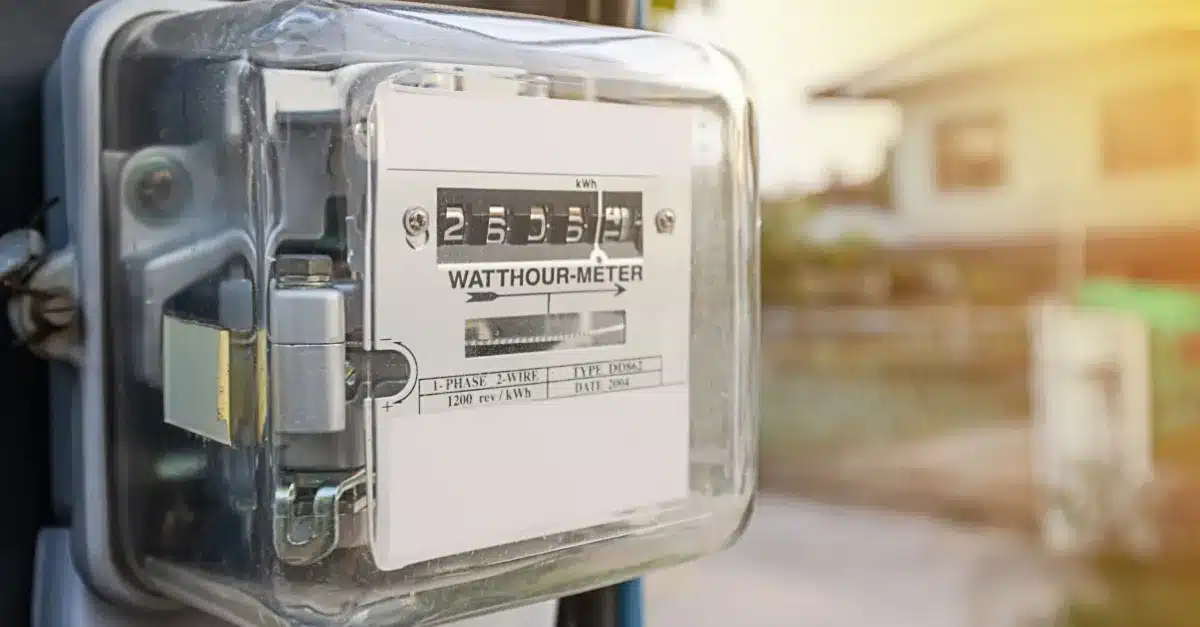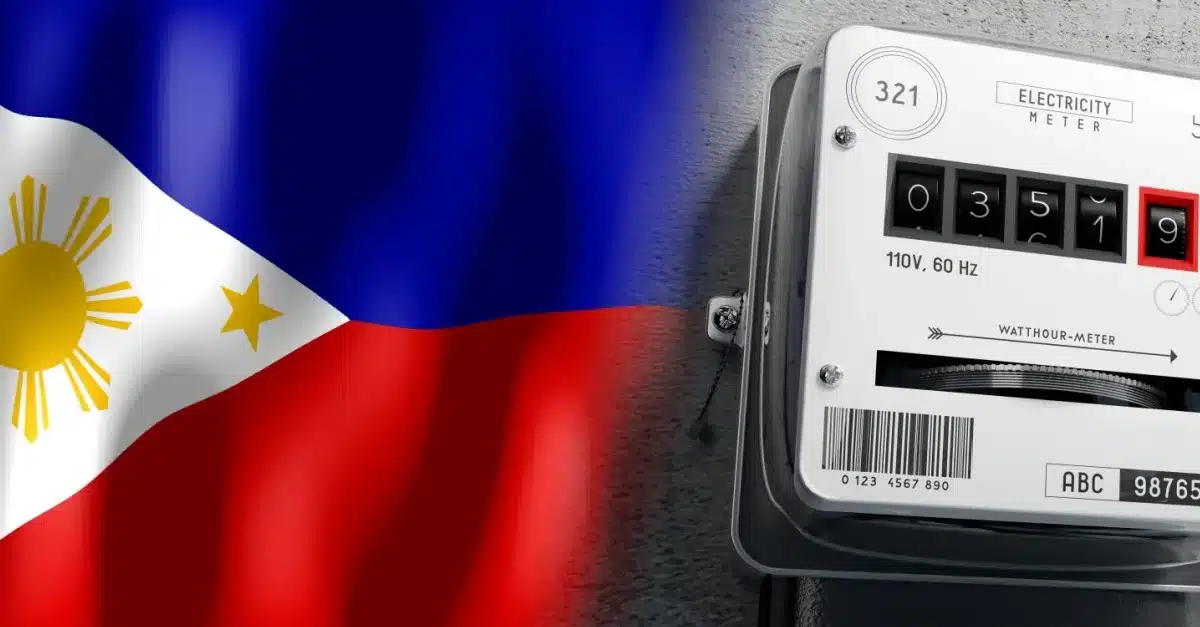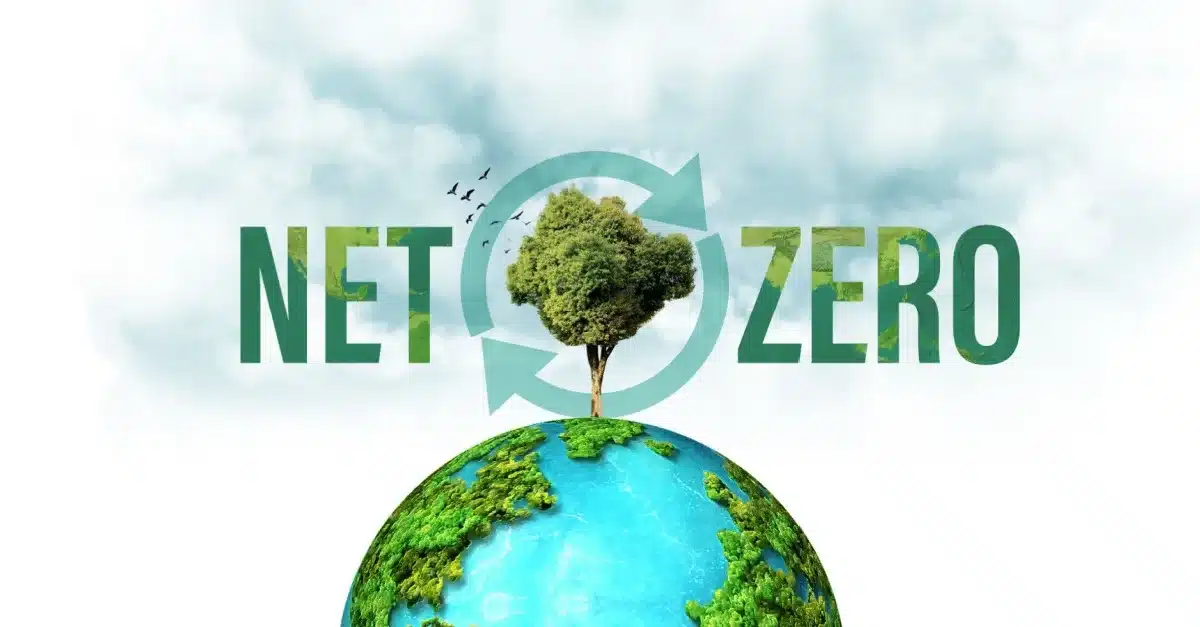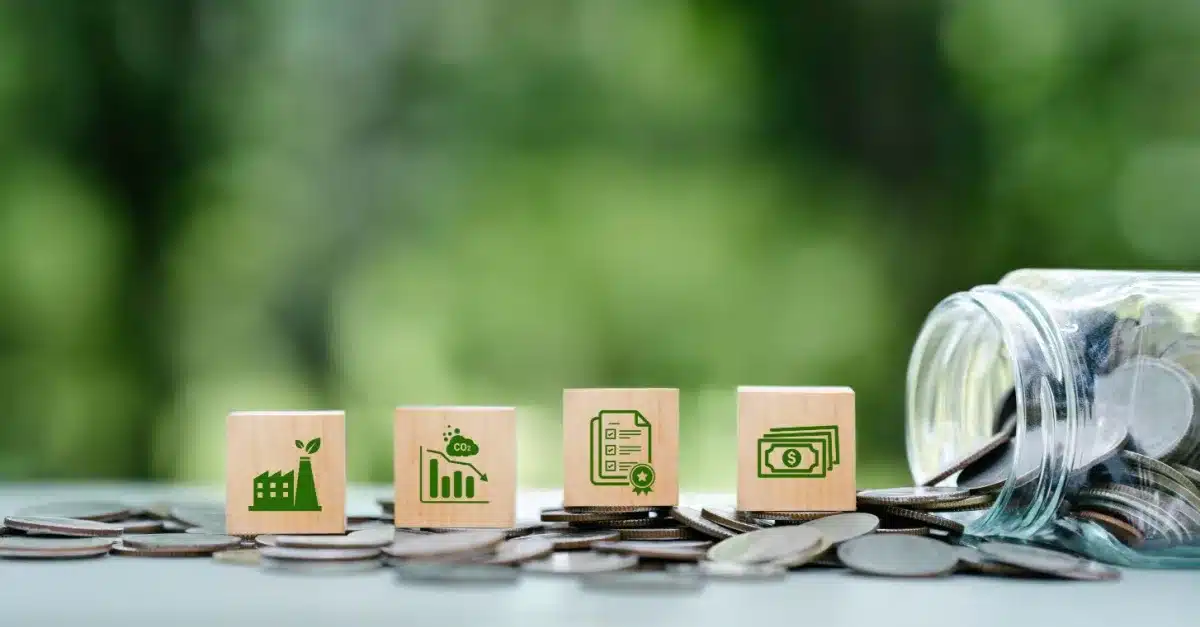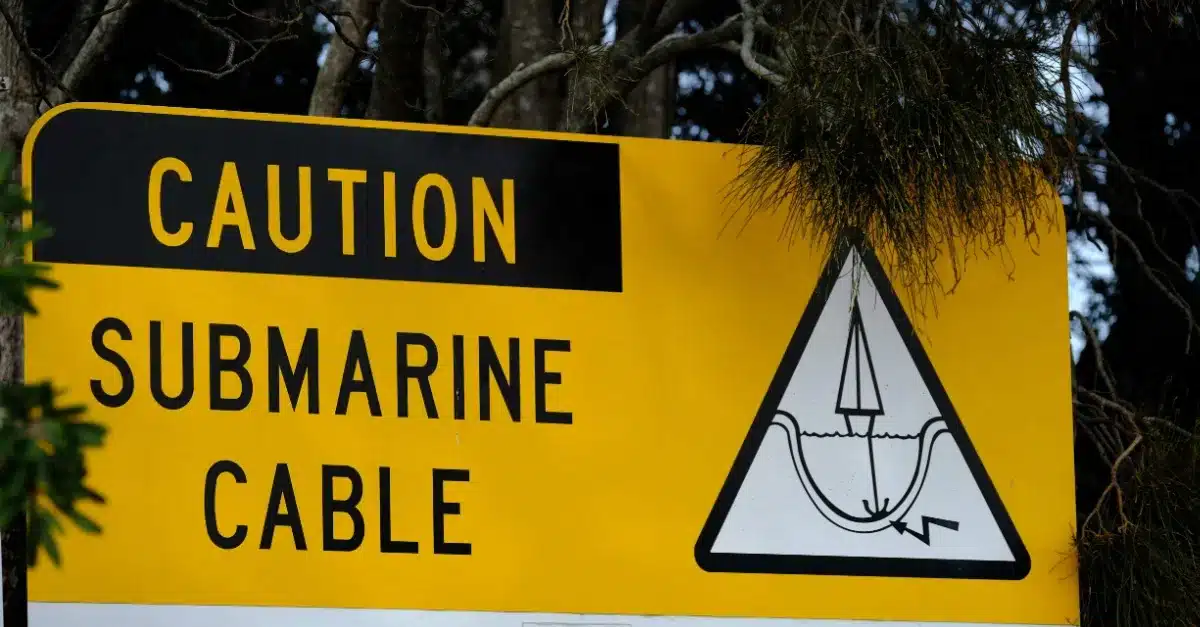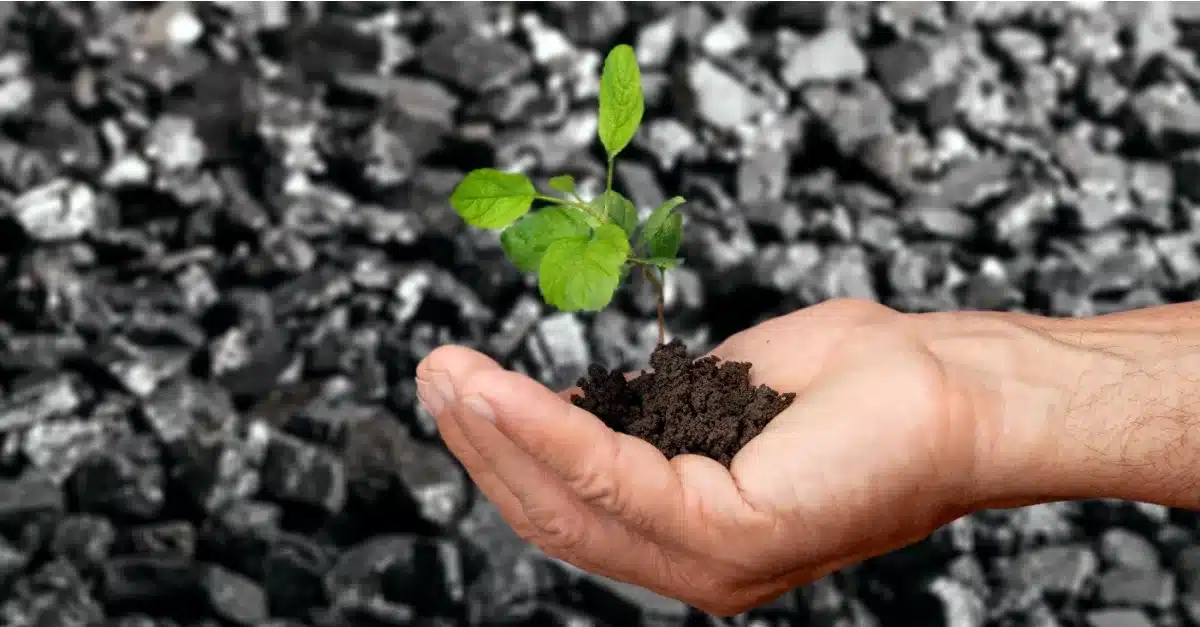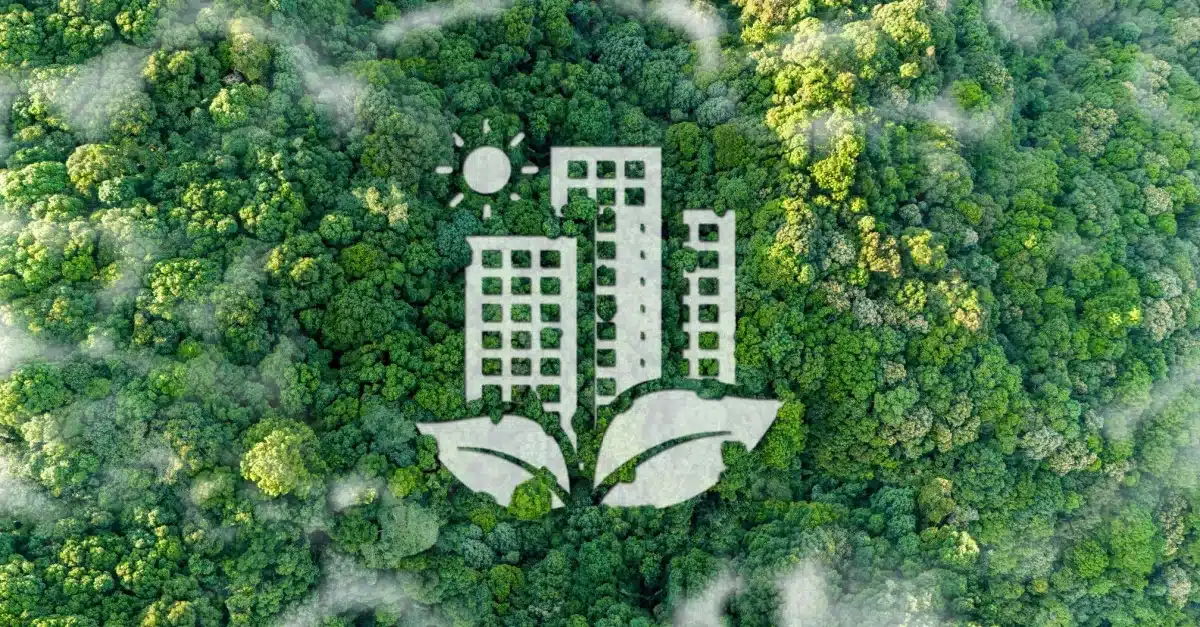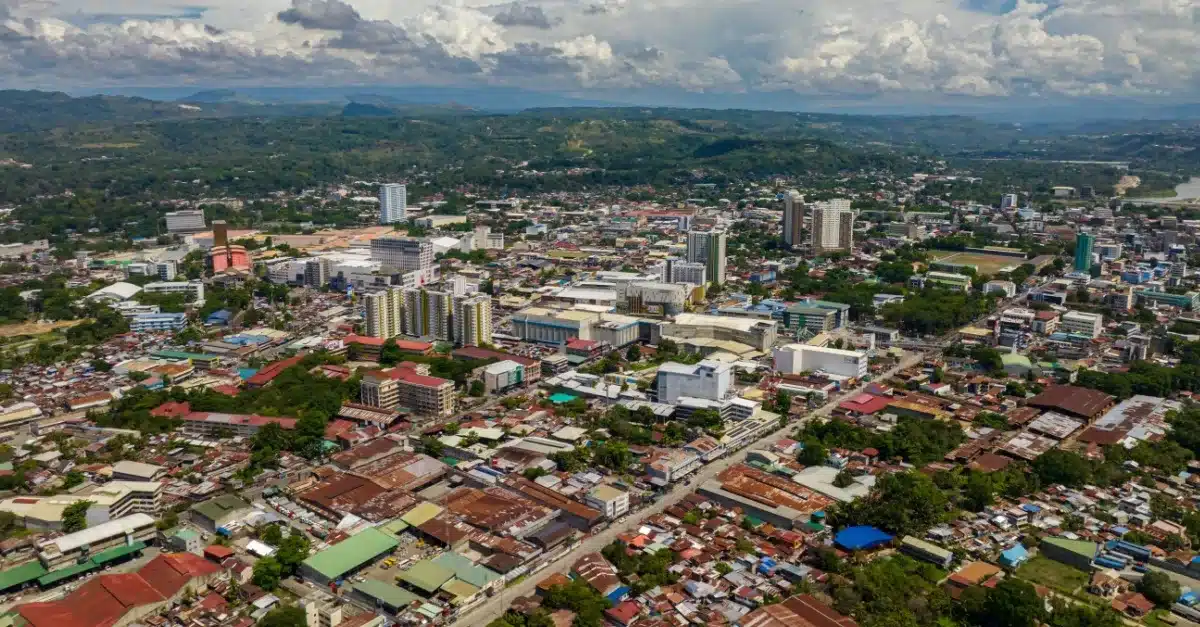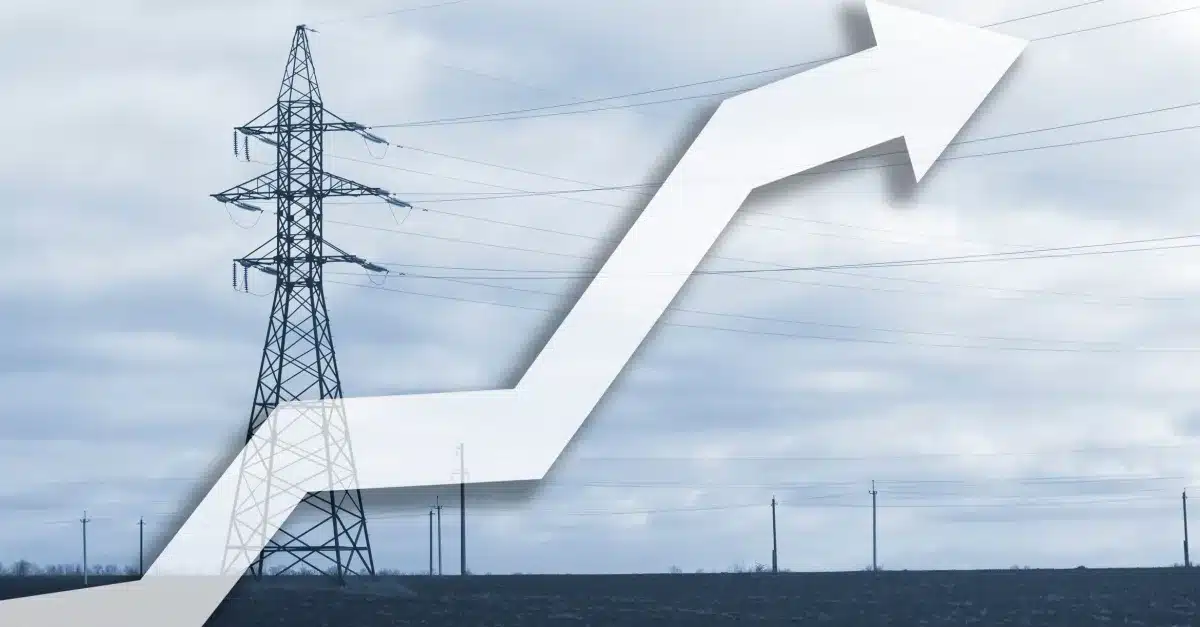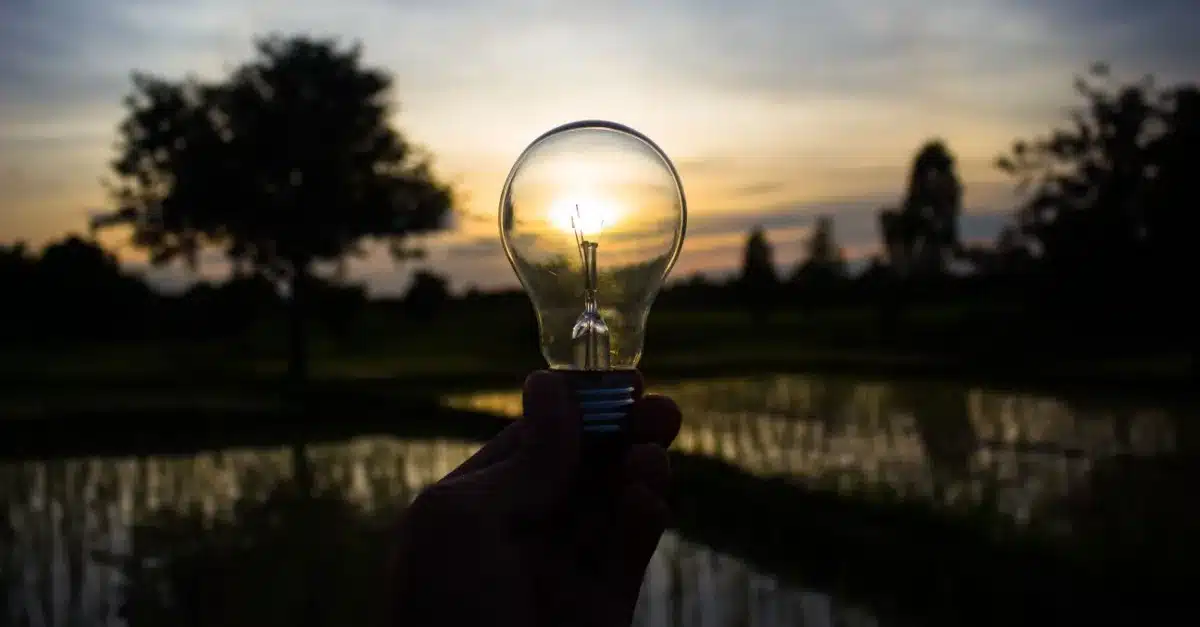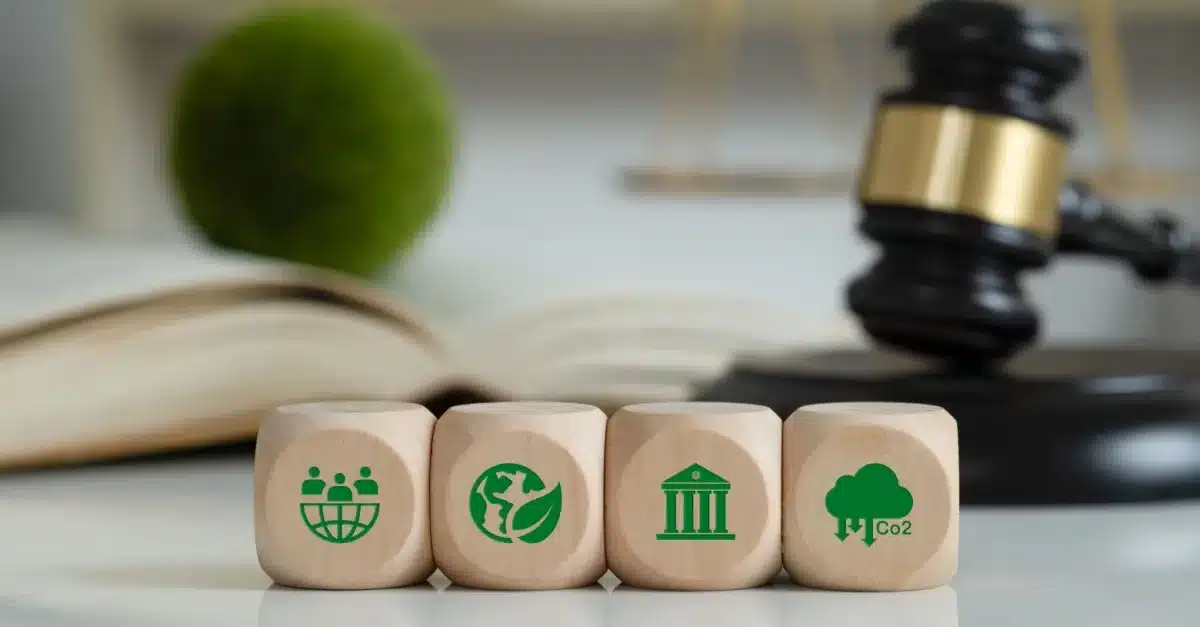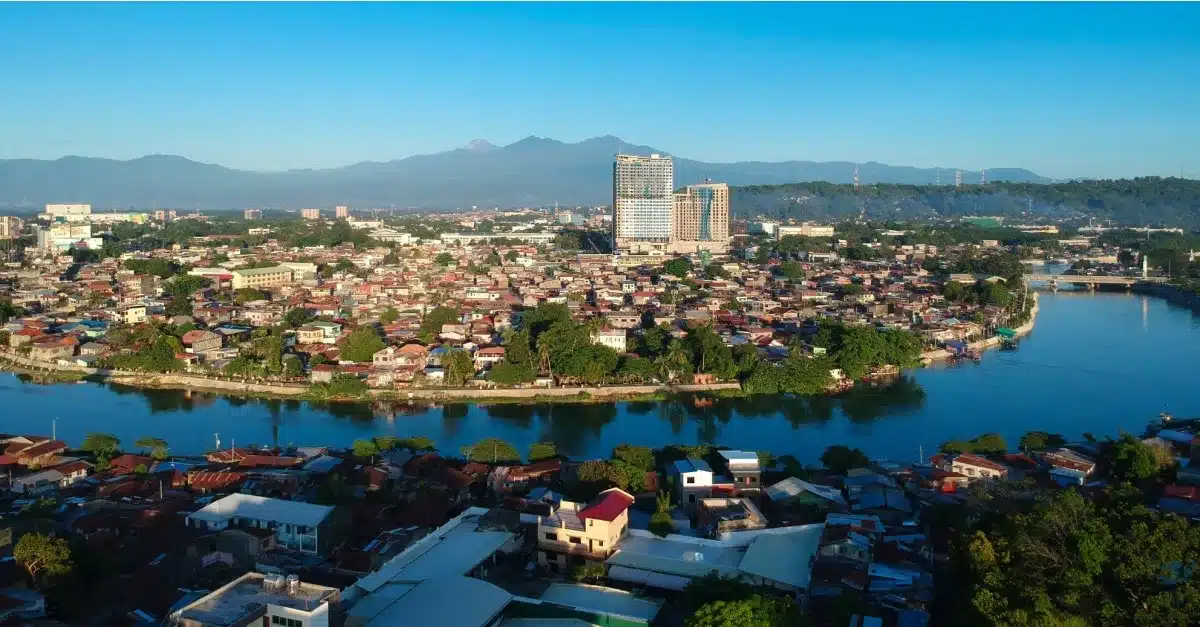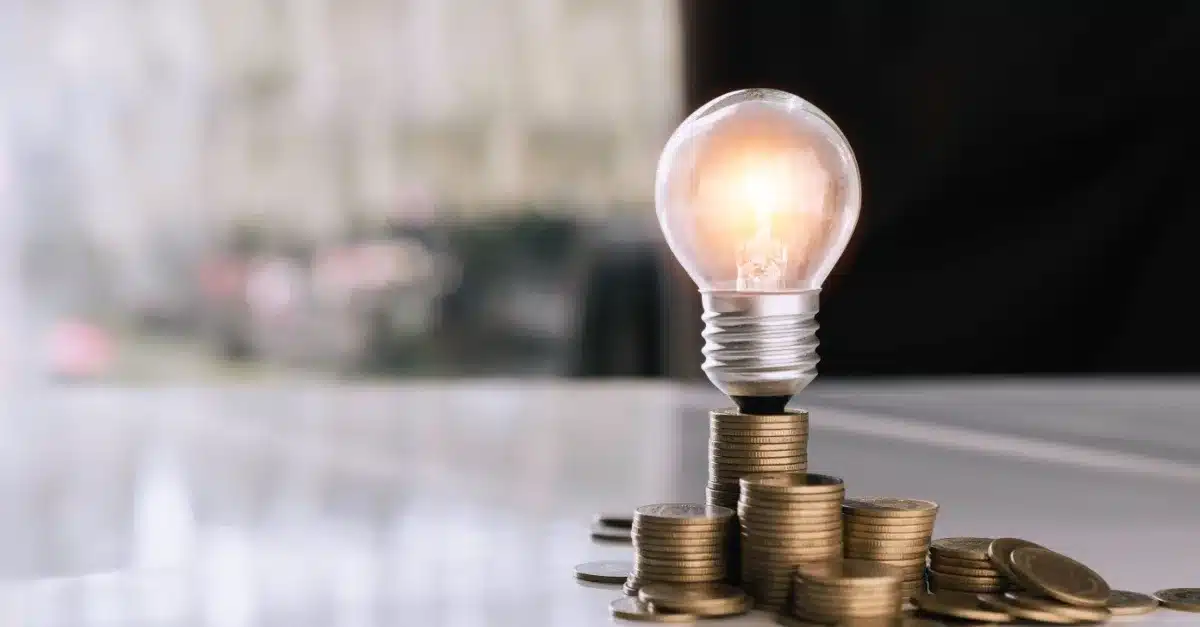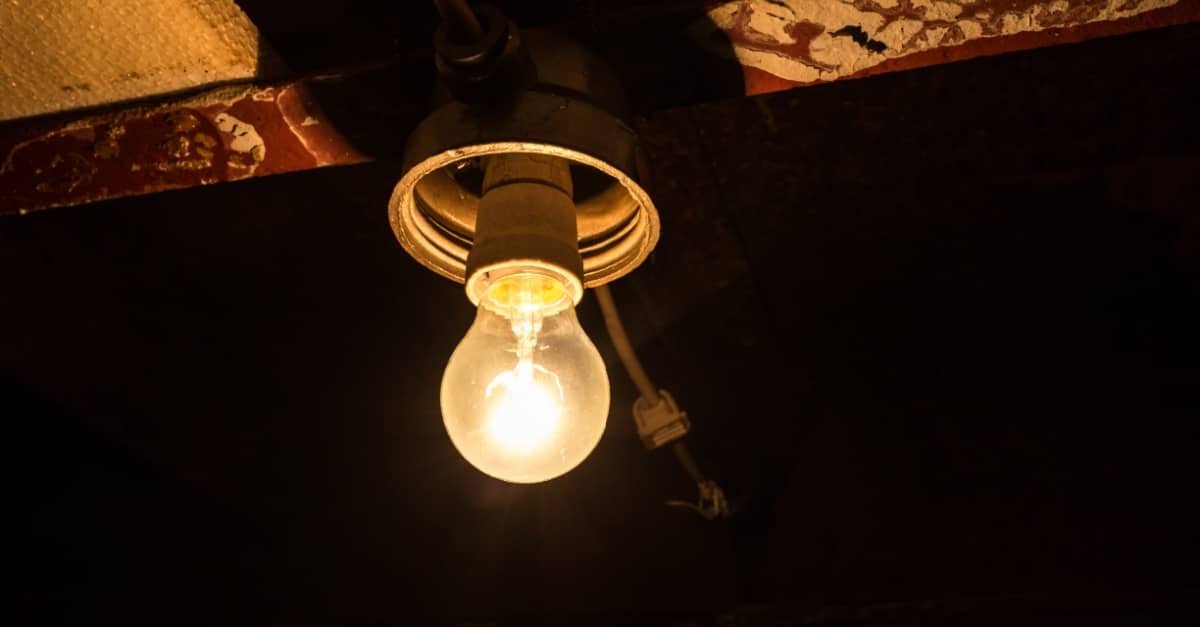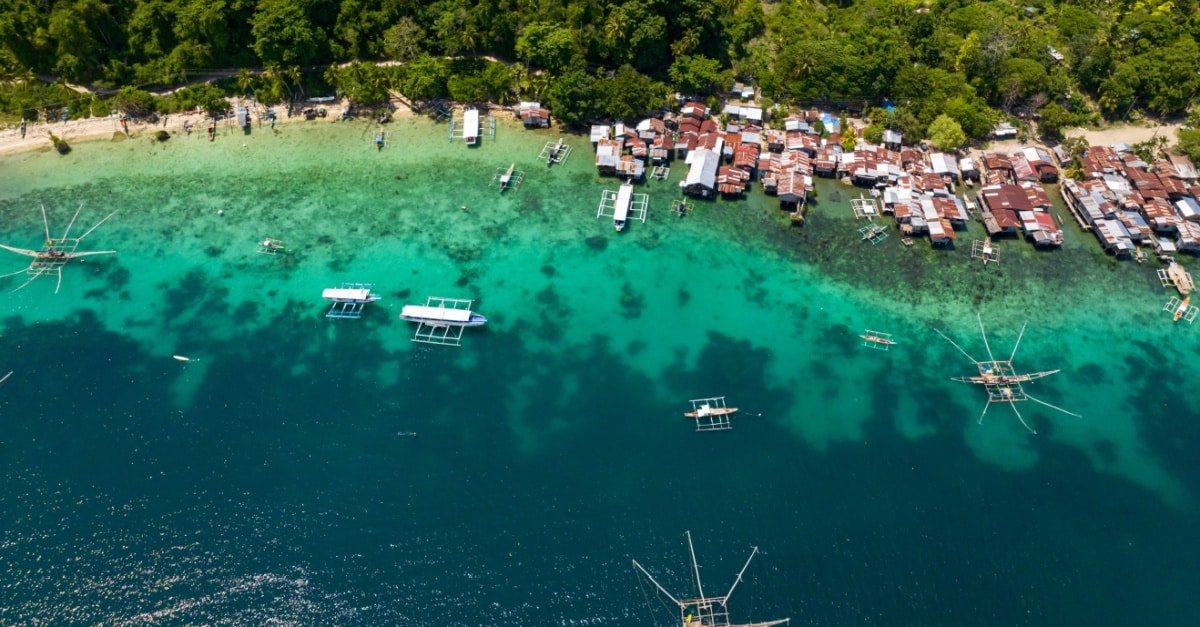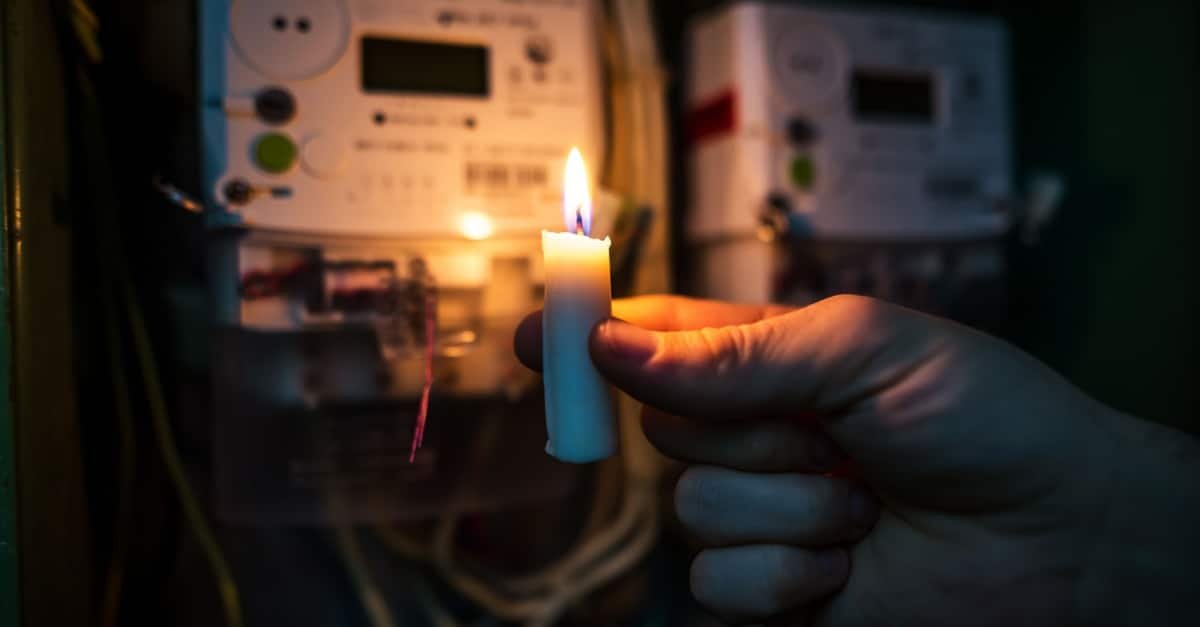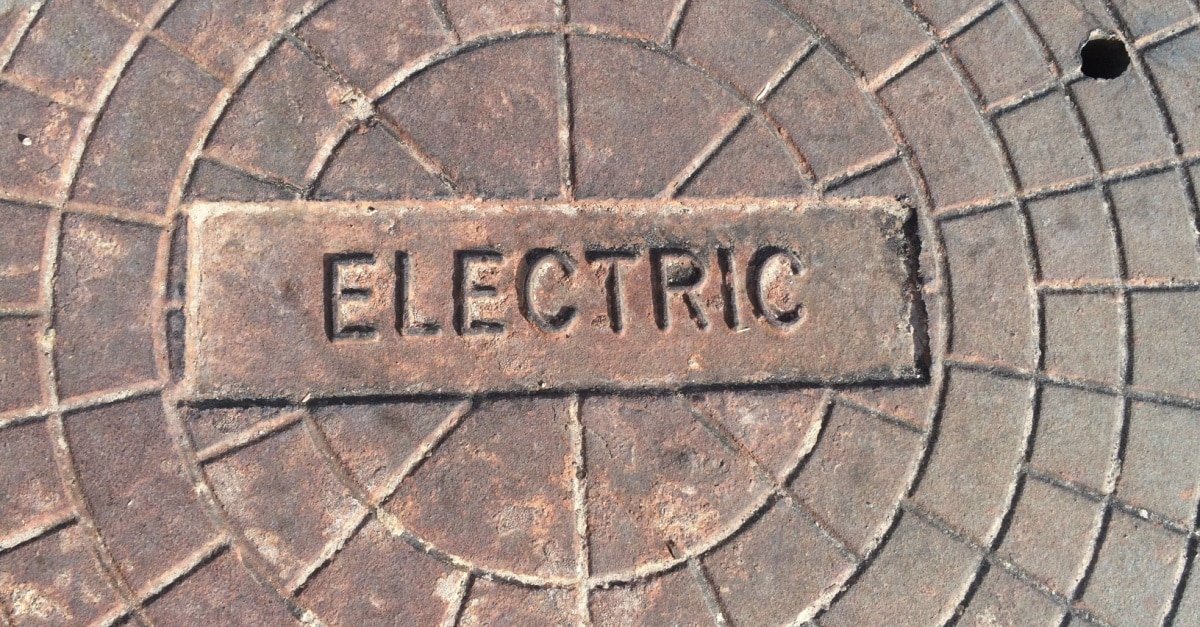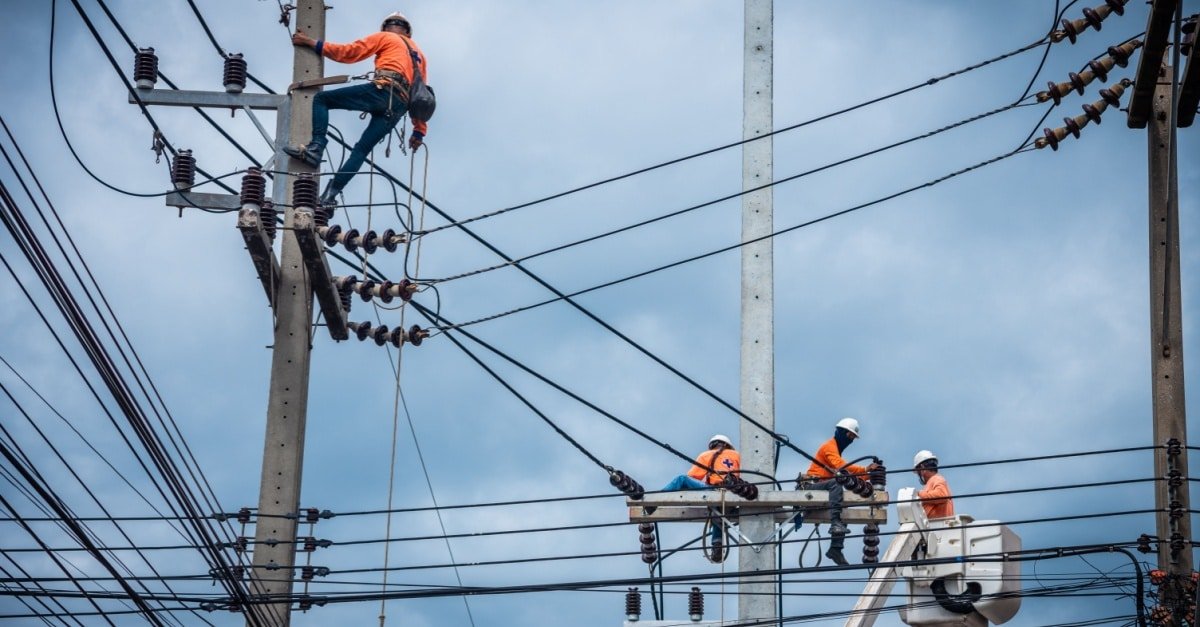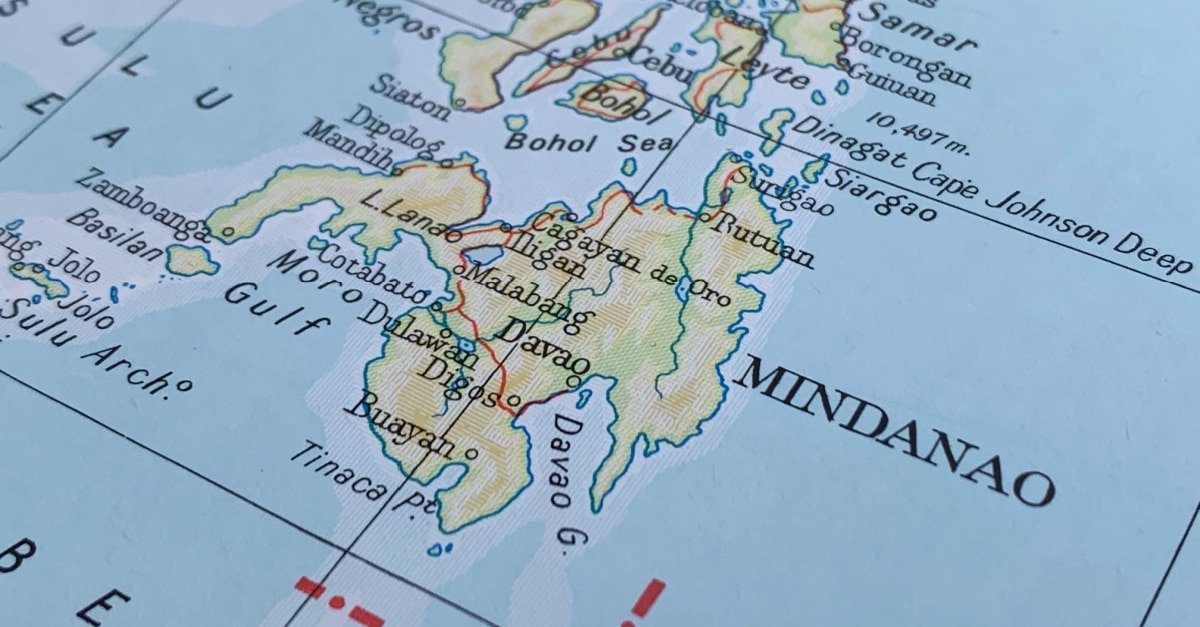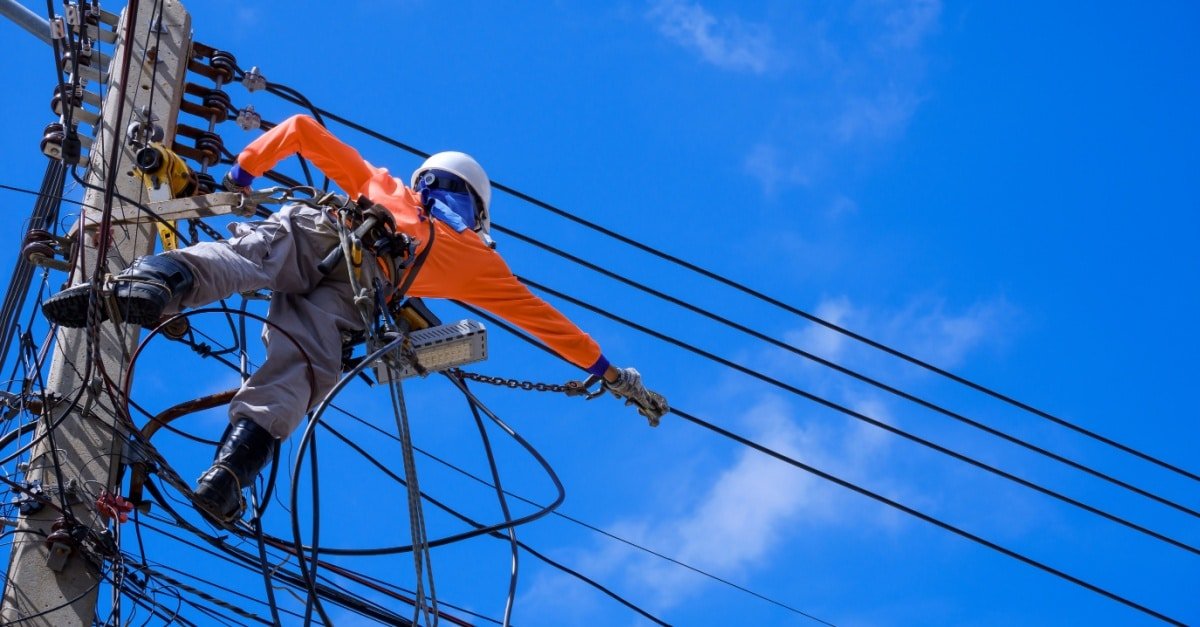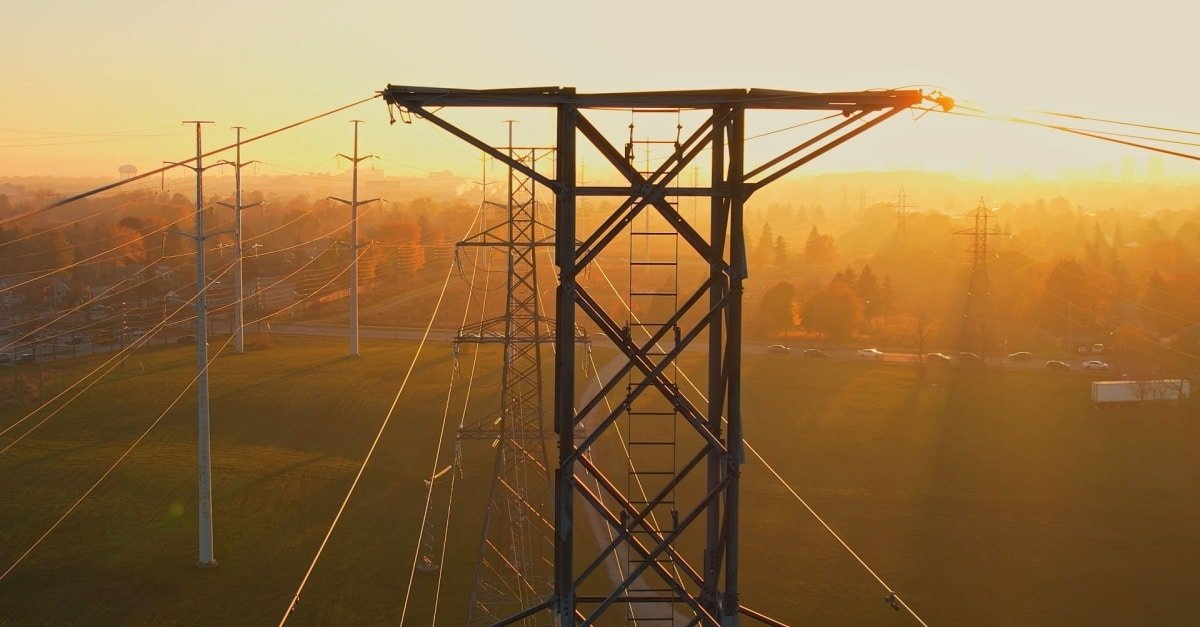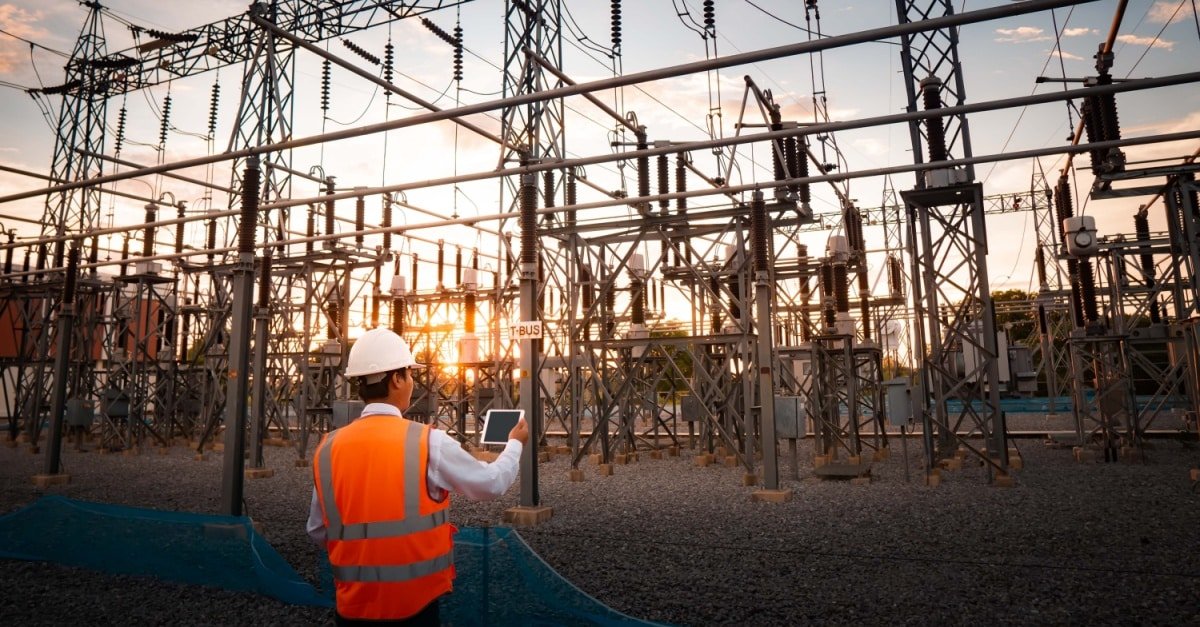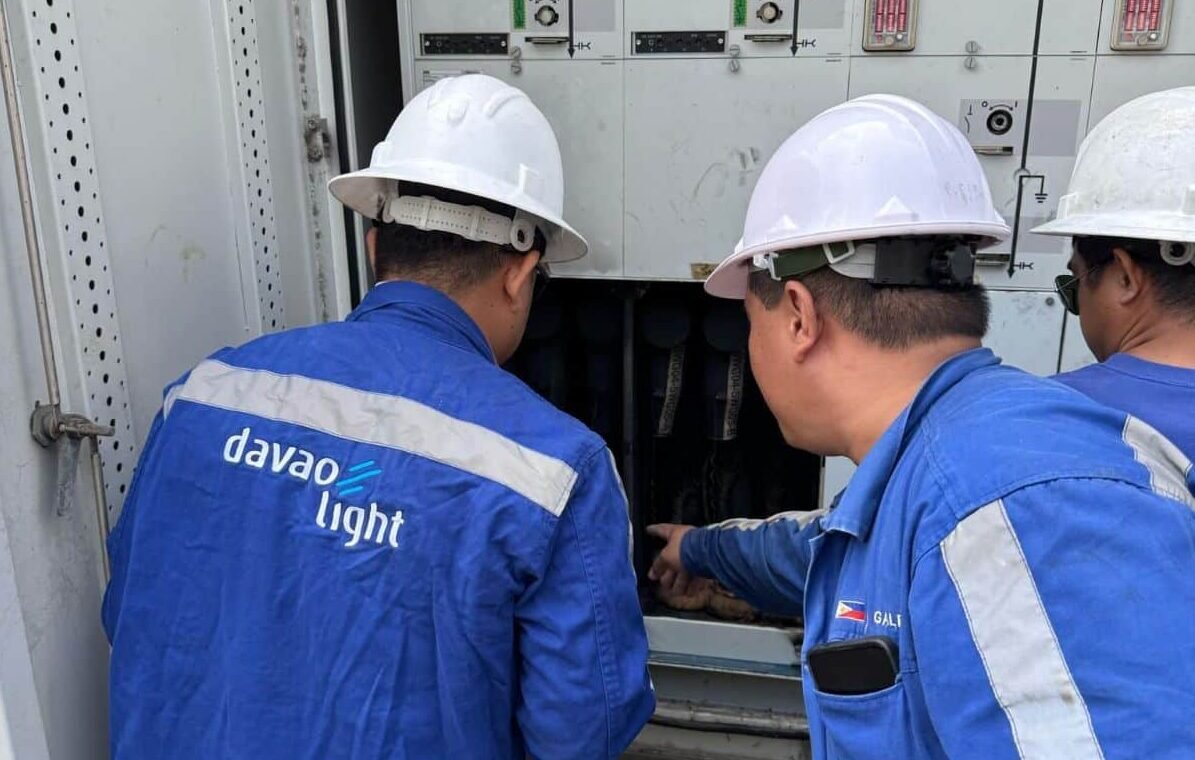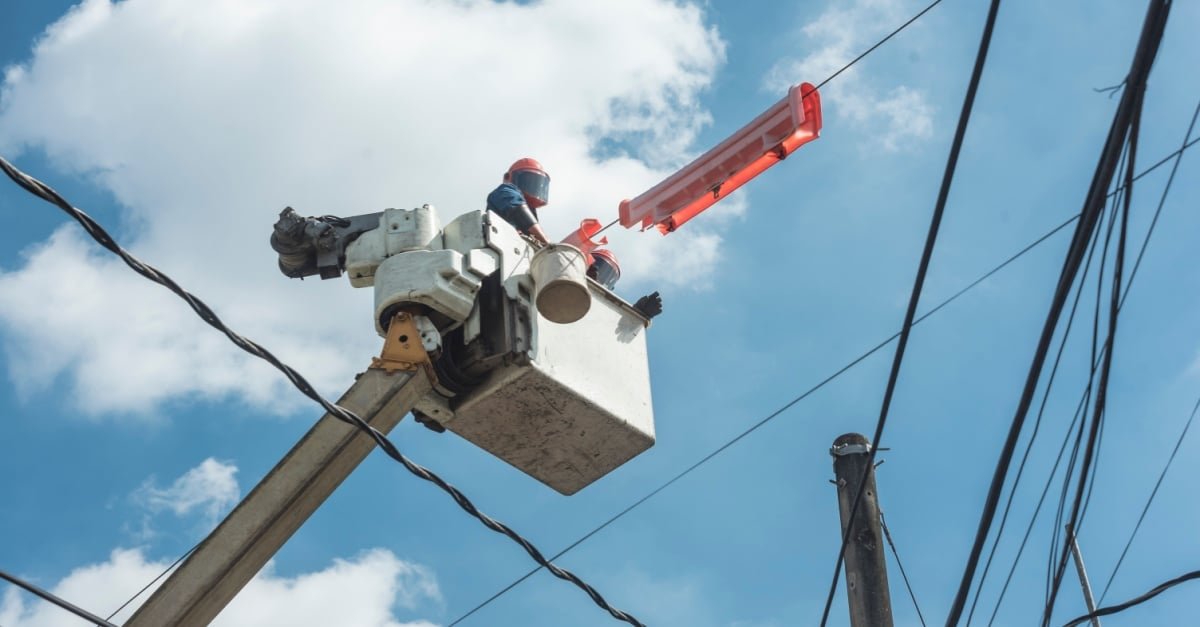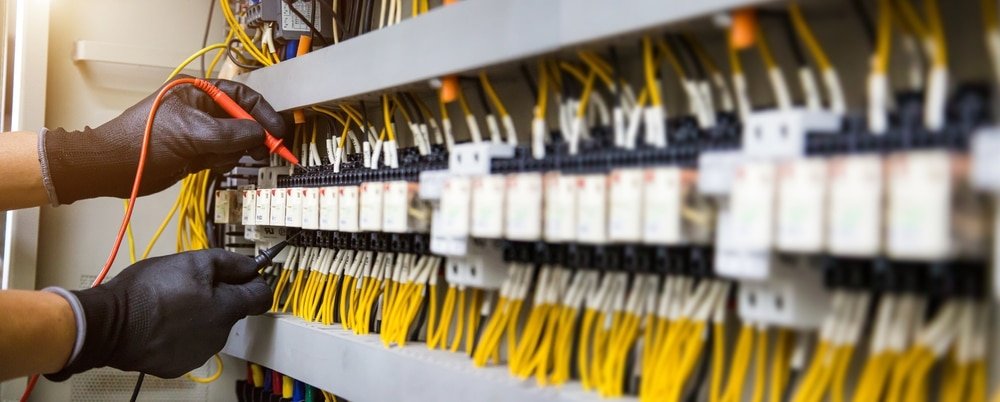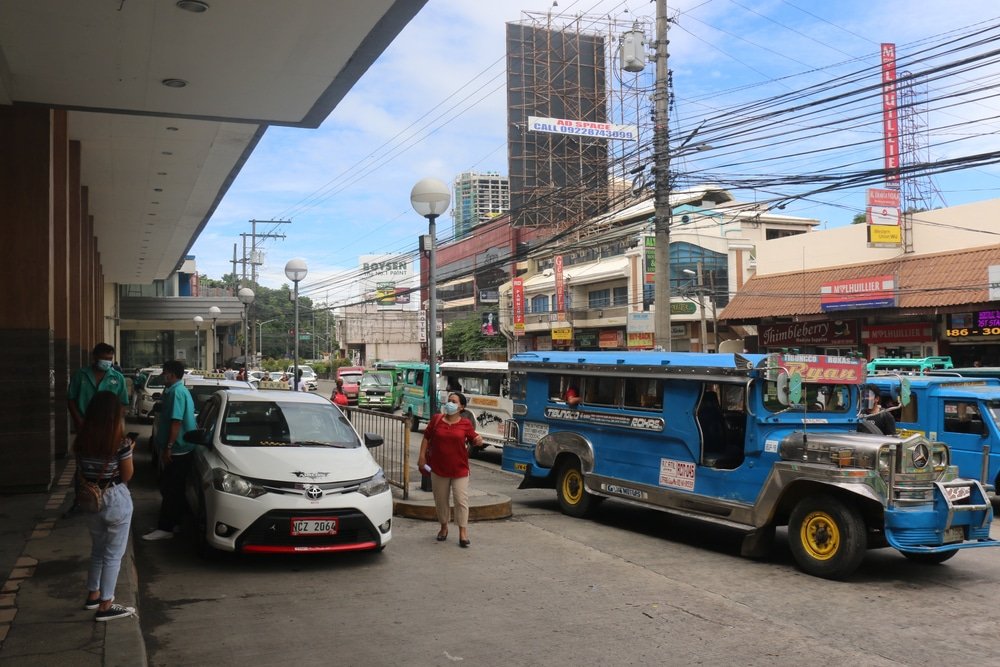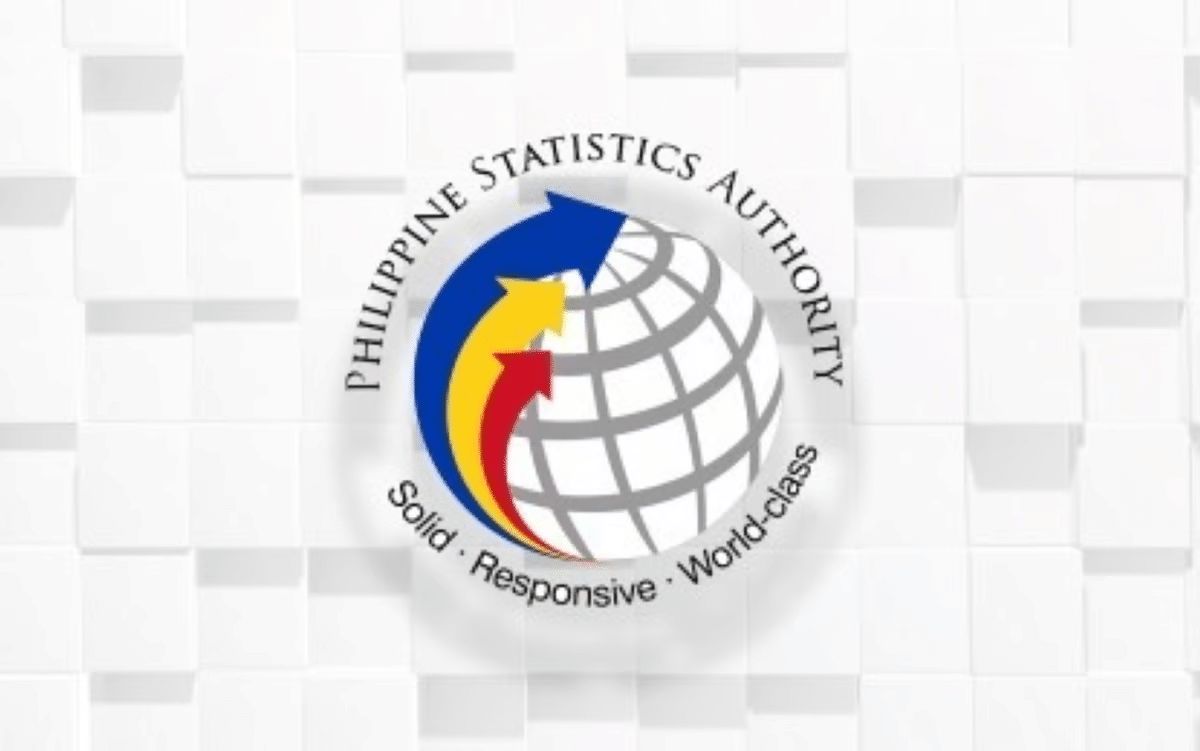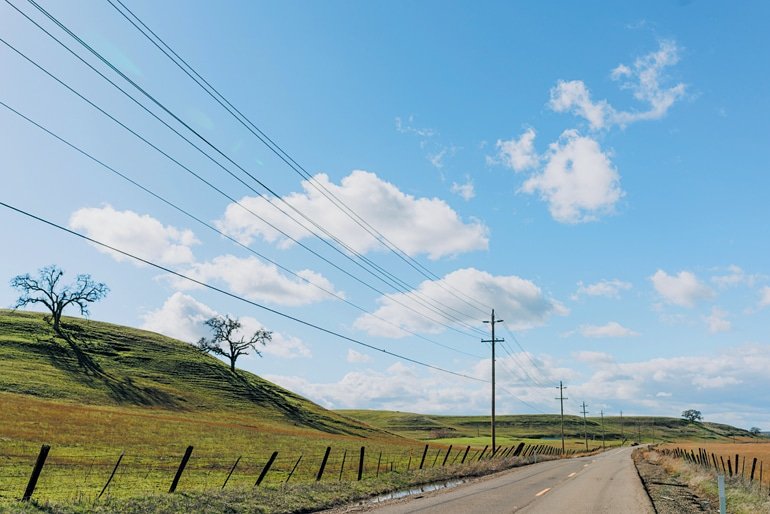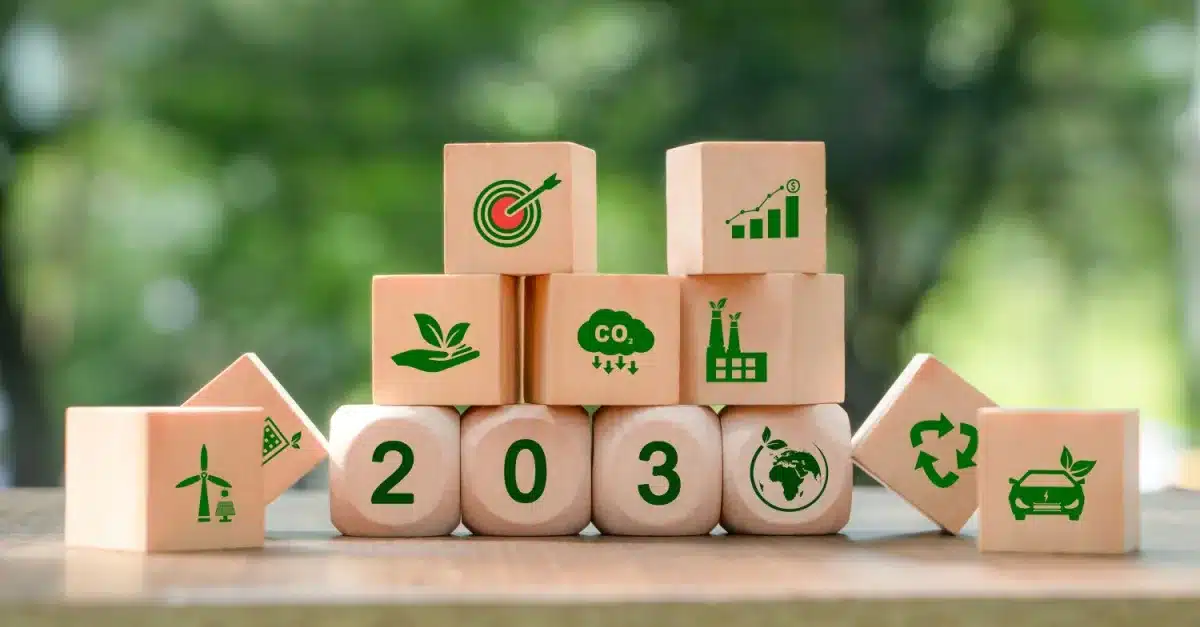
Mindanao is stepping up efforts to achieve a 50% renewable energy (RE) in its total energy mix by 2030. The region is already approaching this benchmark, with renewables accounting for nearly 40 percent of its current power generation.
The Mindanao Development Authority (MinDA) is tracking nearly 200 power projects amounting to a combined potential of 2,500 megawatts (MW) to reach a 50:50 mix of renewable and conventional energy by 2030.
MinDA’s Deputy Executive Director Romeo Montenegro shared that about half of these projects are already in the “committed” phase, indicating that funding arrangements and necessary permits are already being processed. The rest are classified as “indicative,” meaning they are still in the preliminary phase of development.
According to Montenegro, many of these ventures are being pursued as private investments, particularly in renewable energy, which is viewed as a key solution to reduce reliance on imported coal and diesel.
“We are working hard to facilitate at least 1,000 MW in added renewable capacity by 2030 so that Mindanao can meet its energy mix target,” Montenegro shared.
(Also read: Mindanao’s Energy Dilemma Bridging Surplus to Sustainable Growth)
Storage vital to RE success
Even as new capacity is added, experts emphasize that renewables must be paired with energy storage to ensure system stability and cost efficiency. They pointed out that integrating solar, hydro, and battery storage can help provide reliable baseload power and reduce volatility from fossil fuels.
“Renewables plus storage are not just an ideal—they’re the practical solution. When solar, hydro, and batteries operate together, we can cut fossil dependency and ease the burden on households and businesses alike,” said Engr. Cerael Donggay, President and CEO of Greenergy Solar PH.
“Mindanao is already halfway to its RE target. What remains is matching it with storage, policy certainty, and the dispatch flexibility that a competitive energy market offers,” said Alberto Dalusung III, Energy Transition Advisor of the Institute for Climate and Sustainable Cities (ICSC).
(Also read: Why Energy Storage Systems Are Vital to Renewable Energy)
PPP Desk to turn plans into projects
MinDA Deputy Executive Director Montenegro noted that the government is assessing which projects could be developed under public-private partnerships (PPPs), particularly when local government units (LGUs) control water rights essential for hydropower ventures. In such cases, LGUs may partner with private developers and electric cooperatives, shifting from being power consumers to active investors.
Last September, MinDA launched the Mindanao Public-Private Partnership (PPP) Desk to help local governments with developing and implementing projects in partnership with the private sector.
The Desk will serve as a technical hub, providing both in-person and online support to LGUs while coordinating with the PPP Desk and other partners. The Desk is expected to streamline procedures for LGUs by providing local access to expertise, saving time and resources that would otherwise be spent coordinating in Manila.
“It is designed to be the first stop for PPP support — from project identification and structuring to legal guidance, investor matching, and capacity development,” said MinDA Secretary Leo Tereso Magno. “Reach out, engage with the Desk, and let’s begin the process of turning plans into progress.”
(Also read: Integrating Renewable Energy Challenges and Opportunities)
Sources:
https://www.metrocagayandemisamis.com/2025/10/02/mindanao-pushes-for-5050-energy-mix-by-2030/
https://caseforsea.org/mindanao-50-renewable-energy-mix-2030
https://mb.com.ph/2025/09/24/minda-launches-public-private-partnership-desk
https://www.pna.gov.ph/articles/1259371

